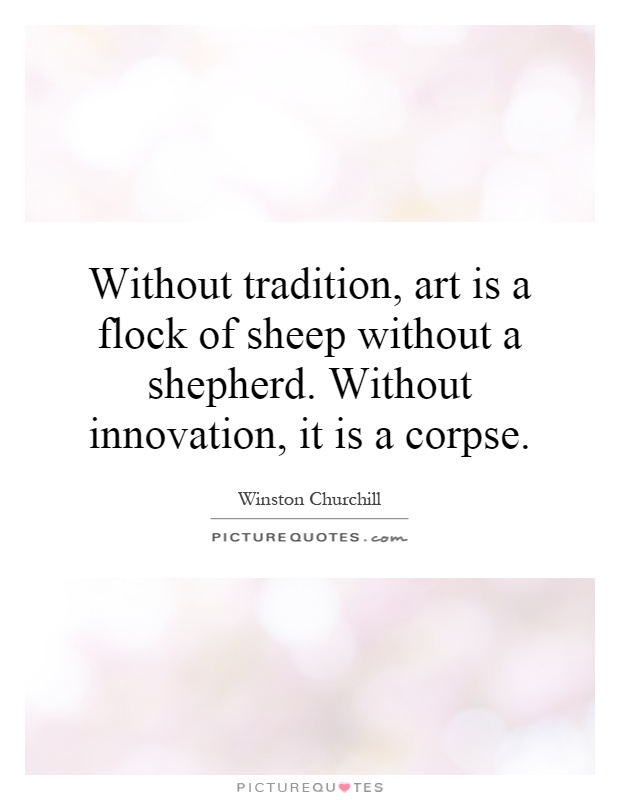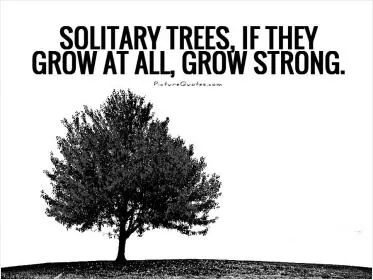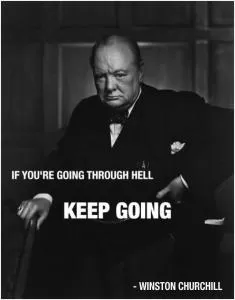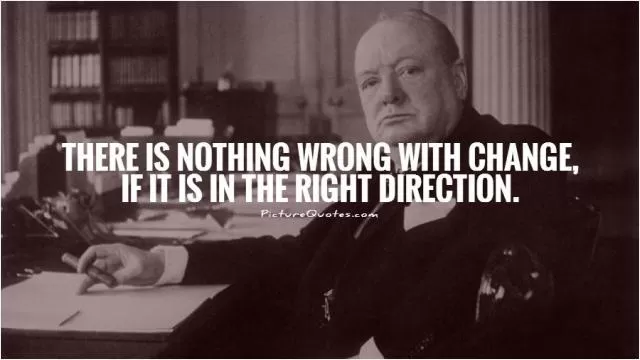Without tradition, art is a flock of sheep without a shepherd. Without innovation, it is a corpse

Without tradition, art is a flock of sheep without a shepherd. Without innovation, it is a corpse
Winston Churchill, the iconic British statesman and leader, was a man who understood the delicate balance between tradition and innovation in the world of art. Throughout his life, Churchill was not only a politician and military leader, but also a talented painter and writer. His appreciation for the arts was evident in his belief that tradition and innovation were both essential components in the creation of meaningful and impactful works of art.Churchill understood that tradition provided a strong foundation for artistic expression. Just as a flock of sheep relies on a shepherd to guide and protect them, tradition serves as a guiding force in the world of art. It provides artists with a sense of history and continuity, allowing them to draw inspiration from the works of those who came before them. For Churchill, tradition was a source of comfort and stability, a reminder of the enduring power of art to transcend time and space.
However, Churchill also recognized the importance of innovation in the artistic process. Like a corpse without life, art that is stagnant and unchanging lacks the vitality and energy that comes from pushing boundaries and exploring new ideas. Innovation allows artists to break free from the constraints of tradition and create something truly unique and groundbreaking. Churchill himself was a pioneer in the field of art, experimenting with different styles and techniques to create works that were both traditional and innovative.
In Churchill's view, tradition and innovation were not mutually exclusive, but rather two sides of the same coin. He believed that artists could draw upon the rich tapestry of tradition while also pushing the boundaries of creativity and imagination. For Churchill, art was a living, breathing entity that required both tradition and innovation to thrive and evolve.












 Friendship Quotes
Friendship Quotes Love Quotes
Love Quotes Life Quotes
Life Quotes Funny Quotes
Funny Quotes Motivational Quotes
Motivational Quotes Inspirational Quotes
Inspirational Quotes